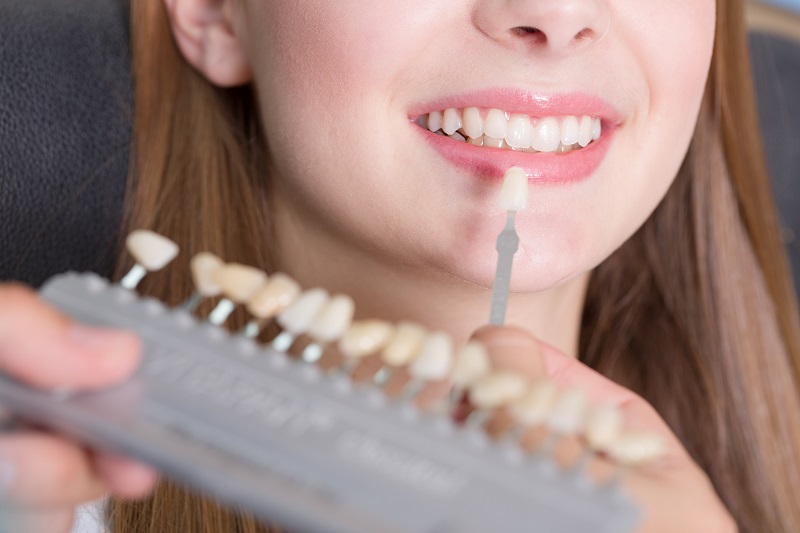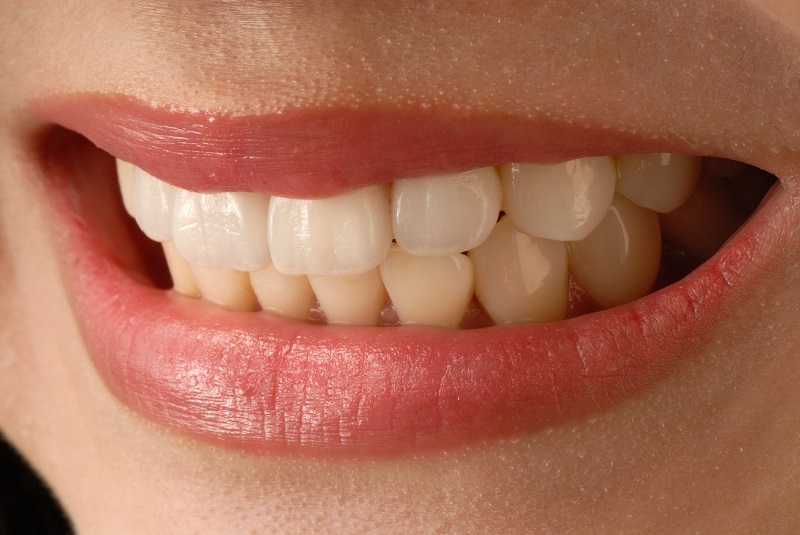Porcelain veneers are slender segments of porcelain which are used to create the look of natural teeth. The porcelain veneer technique provides sturdiness and enhances elasticity which is a positive point when compared with natural tooth coating. Often porcelain is preferred as the material to do veneer when people intend to make slight alterations in the shape, structure, size or the color of the enamel of the tooth.
Why Porcelain Veneers?

Porcelain veneers withstand stains in a better way than the resin veneers and also imitate light reflecting quality like that of the natural teeth.
Are Porcelain Veneers for Me?
Porcelain veneering is very effective when it comes to the following issues:
- If the teeth are chipped, damaged or broken.
- If they are irregularly shaped, lumpy, bent or asymmetrical.
- If they are worn out.
- If they are discolored due to excessive use of some drugs, food plaque and leftover resin fillings.
- If there are gaps and spaces between the teeth.
- If one is facing these challenges, porcelain veneers are the right solution for them.
Procedure for Getting A Veneer:
- Detection and Treatment Planning: This involves a lot of opening up to the dentist and explaining to him the desired results which one is willing to obtain. The dentist will conduct a checkup, suggest when and which veneer is appropriate for the patient. He will address the procedure and also explain the precautions and limitations one will have to keep a note of.
- Arrangements: In the process of tooth veneer, a layer of enamel is coated for the layer to be even, so the initial and original layer of tooth enamel is peeled off, around 1.2 a millimeter. Local anesthesia is given. The dentist makes an impression for the veneer and then sends the same to be made in the laboratory. This takes about 3-4 weeks. Till that time a temporary dental veneer is placed.
- Permanent Bonding: For permanent bonding, the tooth surface is cleaned, polished and etched and with the help of a special cement, the enamel which is prepared is stuck on the tooth surface. A light beam is applied which helps the chemicals to harden quickly. Adjustments are made, and the patient is asked to visit the clinic once every 2 weeks for a couple of months. During the course of time, the veneer settles and gets even with the other teeth enamel.
Advantages:

- Porcelain veneering gives a natural look to the tooth.
- This process evens out the structure of the tooth with the rest of the teeth in the jaw.
- Porcelain veneers unlike resin veneers are stain resistant.
- It makes the darker and unhealthy teeth look whiter, relatively healthy and strong.
- It is a constructive approach to changing the physical attribute of the teeth and does not usually require any medication in advance.
Disadvantages:
- They are not repairable if they crack or get chirped.
- The entire process is irreversible.
- The tooth becomes a bit more sensitive to heat and cold since the natural layer of the tooth is removed.
- They can even get decayed, dislodged and fall off.
- They are not a good option with people having unhealthy teeth and the ones where the tooth enamel has already been eroded because of external foreign exposure.
Porcelain veneers last for a period of 7 to 15 years if taken care properly. The routine involves good oral hygiene, brushing, flossing, rinsing and gargling with a good mouthwash or clean water. If possible, stain-causing food and beverages should be avoided.
![]()








